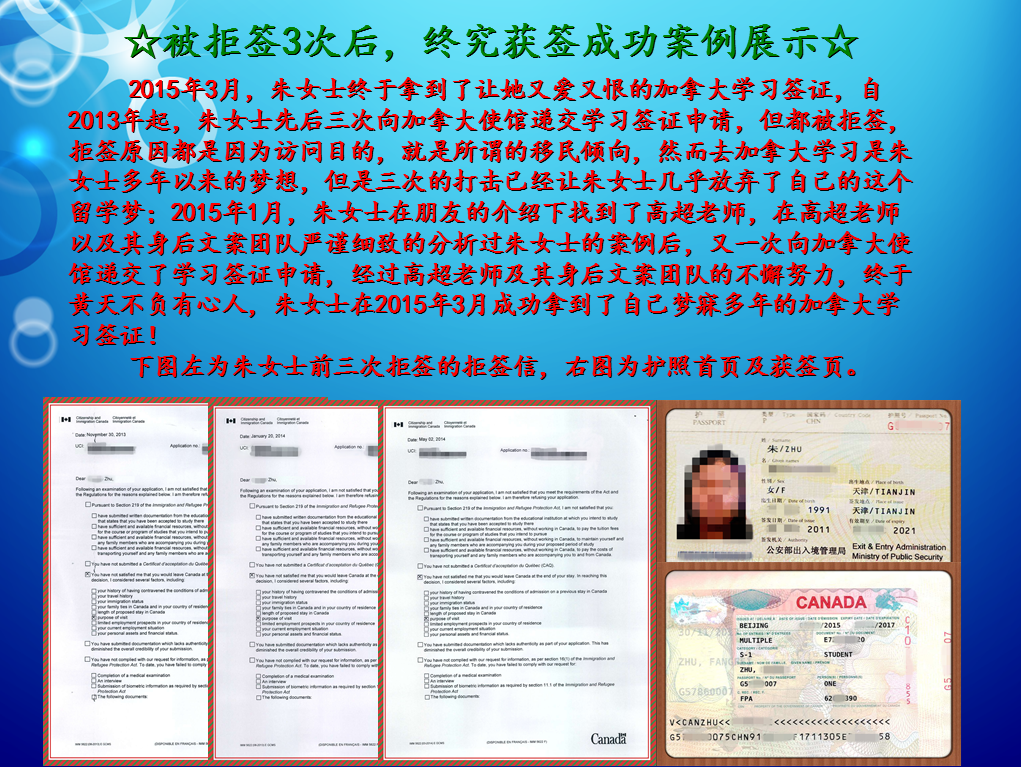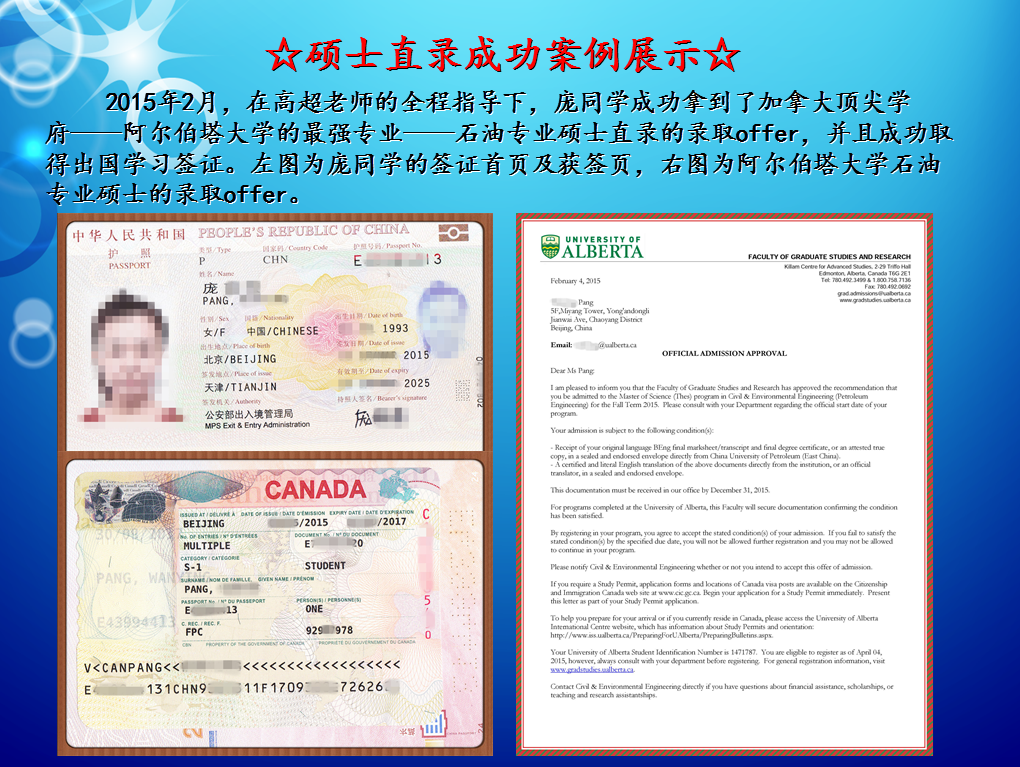gmat逻辑入门之More about.
2017-08-11 376阅读
对于很多备考gmat逻辑的人来说,如何备考gmat才能顺利通过gmat逻辑考试呢?下面就是关于gmat备考中的一些关于逻辑备考的经验分享,希望对大家能有所帮助。
Intermediate Conclusions
Sometime an argument has more than one conclusion. The following is an example:
Because Ming Li went to PekingUniversity, he is smart. Therore, he is likely to get a high score in GMAT.
The first thing you would notice is that there are two indicators in the above argument – because and therore. The former leads to a premise and the latter, a conclusion. Secondly, the first sentence is an argument by itself since it contains both a premise (Because Ming Li went to Peking University) and a conclusion (he is smart). Thirdly, the conclusion (he is smart) of the first argument is used to support the second sentence, which is the main conclusion. To put it another way, the clause “he is smart” is both a conclusion (in the 1st sentence) and a premise (in the overall argument.)
In CR tests, a dual-role clause like this is called an “intermediate” or “subsidiary” conclusion. It is not the main point of the overall argument, but it is still a conclusion.
Keep in mind that you have to find the main conclusion of an argument in CR test. Do not be fooled by an intermediate conclusion along the way. Use the “because” test if in doubt.
Background Information
Some CR questions are not pure arguments. They might also include background information, which, by dinition, helps you understand the flow of the argument, but does not contain a premise or a conclusion.
For example, an opinion of a critic or a committee is common in background information:
Editor: Many graduates from Peking University believe they can easily land a white-collar job after graduation. But they are wrong. A survey between 2000 and 2010 shows that more than 10% of Peking University Graduates during the last decade have no job offers within 6 months of their graduation.
The first sentence is neither a premise nor a conclusion. It is the opinion of “many graduates from Peking University.” The editor gives us this opinion to help us understand what he is trying to establish in his own conclusion (in the 2nd sentence) – that these graduates are wrong. In other words, he is arguing that a graduate from Peking University is NOT getting a job offer easily. The editor then buttresses his conclusion by citing a survey as the premise for his main conclusion.
A common pattern for such an argument is:
1) Opinion of someone else
2) The author’s conclusion (usually introduced with words such as but or however to highlight the contrast)
3) Premise(s) to support the author’s conclusion
As to examples of such opinions:
Many scholars believe that . . .
A few committee members argue that . . .
The dendant claimed that . . .
The classical theory holds that . . .
Hui’s recent research found that. . .
Most CDers voted [the posts by Zeros as their favorites]
All the above phrases telegraph to you that someone or some groups or some theories have such opinions or predictions. These phrases often end with the word that, but they do not have to. More often than not, they also start with some qualifiers, such as some, many, most, or all.
After the 1st sentence stating an opinion, the author is probably going to follow up with his or her own conclusion. And the author’s conclusion will usually contradict the opinion stated in the 1st sentence. Accordingly, we can call the 1st opinion “opposing viewpoint.”
Other phrases which introduce opinions of people other than the author are:
It is commonly assumed that . . .
It is very documented that . . .
It is widely agreed that . . .
These phrases are kind of hard to pick up since they do not mention any one person.
Hidden Premises
In certain arguments, one of the premises might be hidden in unusual places of the argument. Look at the following example:
Ming Li is smarter than Ying Zhang. Therore, because smarter people earn more money, Ming earns more money than Ying.
The first sentence is a premise. The second sentence put two signal words therore and because together. As a result, the second premise (smarter people earn more money) is hidden because test takers often treat everything after the indicator therore as a conclusion.
Whenever the test makers put a premise in the middle of a sentence, they offset it with commas. Everything between the two commas is a premise. Examples are:
Therore, because premise X, conclusion Y.
Thus, since premise X, conclusion Y.
So, due to premise X, conclusion Y.
Accordingly, given that premise X, conclusion Y.
In all of the above examples, the conclusion introduce by the signal words comes at the very end of the sentence.
Concessions
To make an argument stronger, a good advocate or debater or writer would concede a weakness of his or her viewpoints to show that they understand the big picture and to preempt a counterargument, if any, from their critics. For example:
Although a very high GPA might not guarantee an offer from a top MBA program, you should aim to get a GPA as high as possible in college if you want to enroll in a MBA program. A high GPA in college is something an admission committee advisor would like to see in the incoming MBA students.
The conclusion (you should aim to get a GPA as high as possible in college) is supported by the premise (A high GPA in college is something an admission committee advisor would like to see in the incoming MBA students.) But as you might have noticed, the first clause (very high GPA might not guarantee an offer from a top MBA program) actually hurts the argument. It is one reason you should NOT aim to get a high GPA in college. The author concedes this point to preempt one objection a critic might raise, such as “a high GPA only indicates book-smart” or “many candidates with high GPA get rejections from top MBA programs.” He is saying “I know high GPA is not sufficient, but it might be necessary. So I still think you should get a high GPA.” This evidence, in his mind, still outweighs the counter evidence a critic might proclaim.
Concessions are often introduced by although, even though, but, however, yet and despite.
通过上面对gmat备考中的逻辑备考经验分享,相信对于很多备考gmat逻辑的人可以获得很多有用的信息,以便在备考gmat逻辑的时候参考。
澳际提示:
1.gmat逻辑题有套路可循
2.gmat逻辑题解题方法小结
3.GMAT逻辑入门之Arguments
想要获得更多咨询服务点击进入>>>>澳际免费咨询顾问或联系QQ客服:
留学咨询
更多出国留学最新动态,敬请关注澳际教育手机端网站,并可拨打咨询热线:400-601-0022
留学热搜
相关推荐
- 专家推荐
- 成功案例
- 博文推荐

Copyright 2000 - 2020 北京澳际教育咨询有限公司
www.aoji.cn All Rights Reserved | 京ICP证050284号
总部地址:北京市东城区 灯市口大街33号 国中商业大厦2-3层









高国强 向我咨询
行业年龄 12年
成功案例 3204人
留学关乎到一个家庭的期望以及一个学生的未来,作为一名留学规划导师,我一直坚信最基本且最重要的品质是认真负责的态度。基于对学生和家长认真负责的原则,结合丰富的申请经验,更有效地帮助学生清晰未来发展方向,顺利进入理想院校。
Amy GUO 向我咨询
行业年龄 17年
成功案例 4539人
一切的一切从现在开始.用自己的态度闯出一片天
Tara 向我咨询
行业年龄 7年
成功案例 1869人
薛占秋 向我咨询
行业年龄 11年
成功案例 1869人
从业3年来成功协助数百同学拿到英、美、加、澳等各国学习签证,递签成功率90%以上,大大超过同业平均水平。